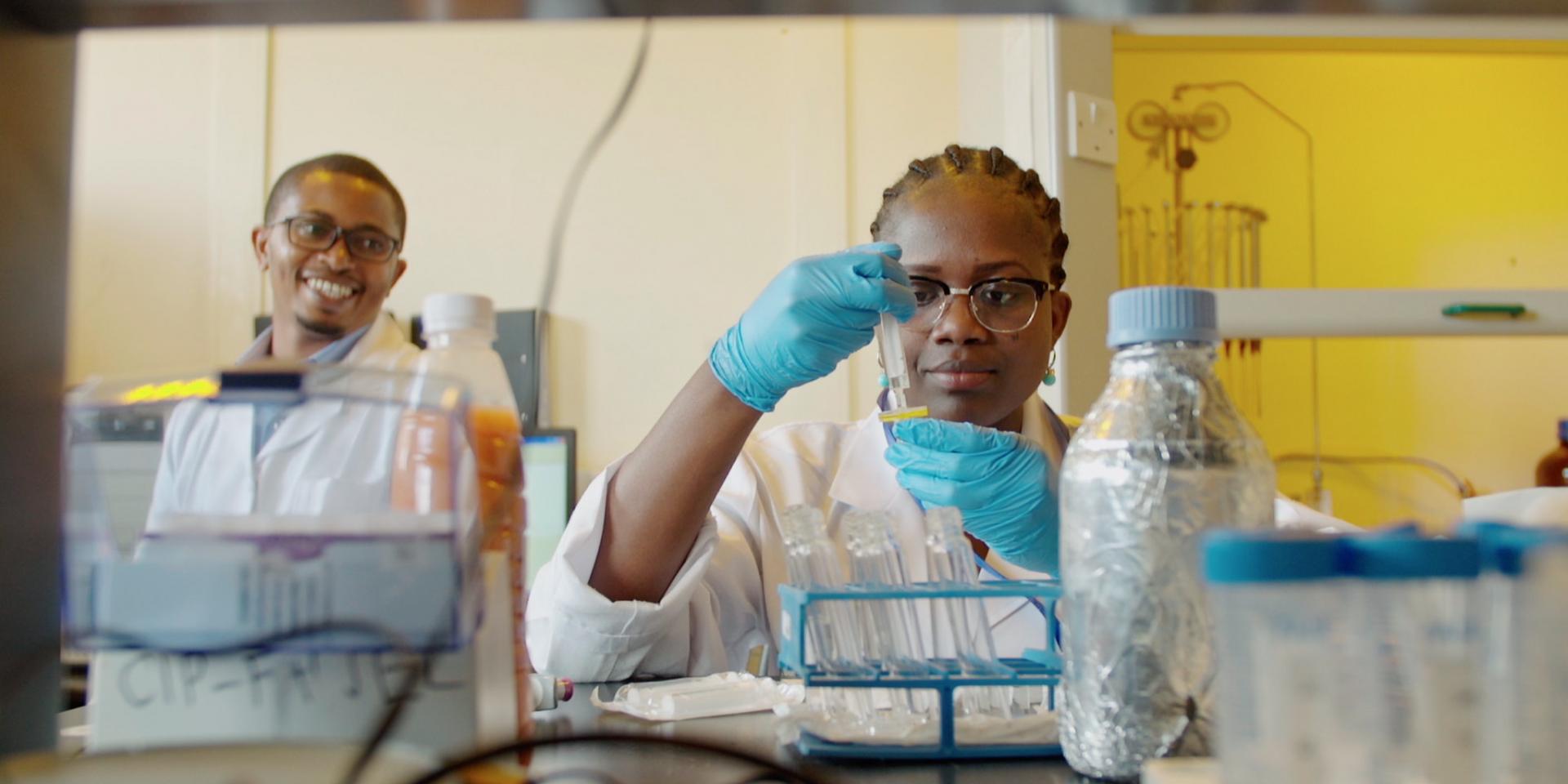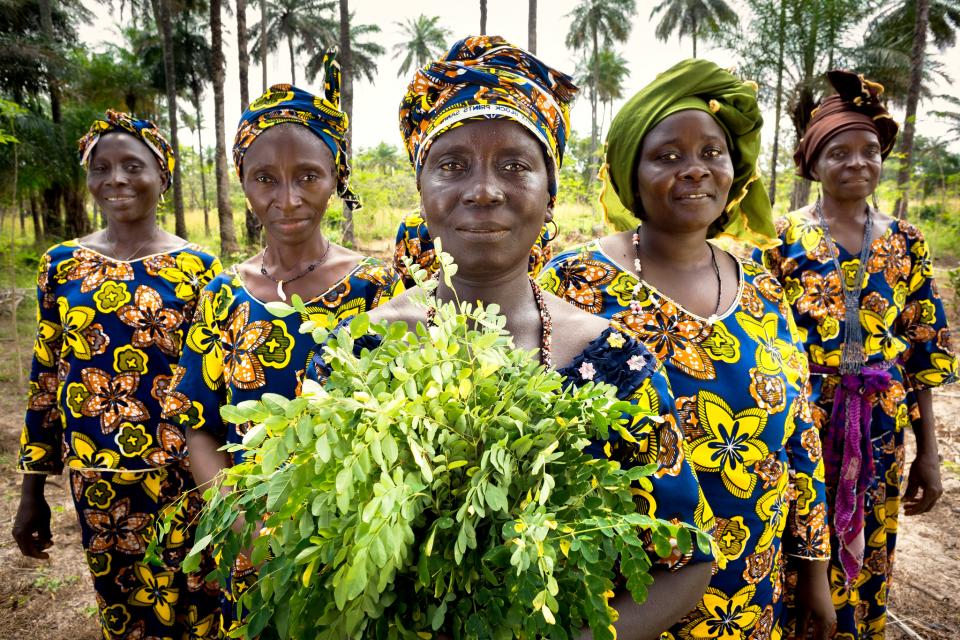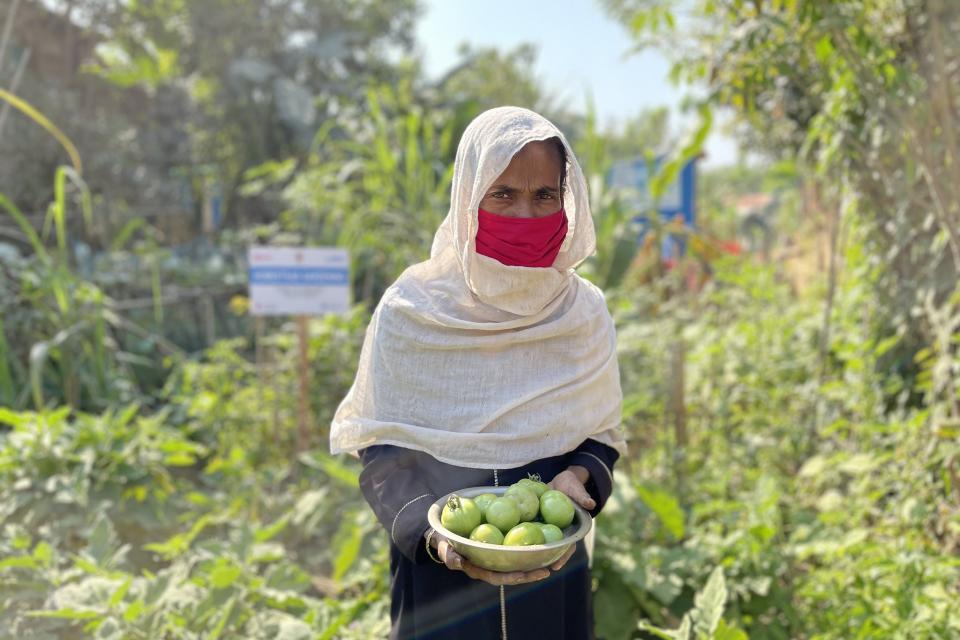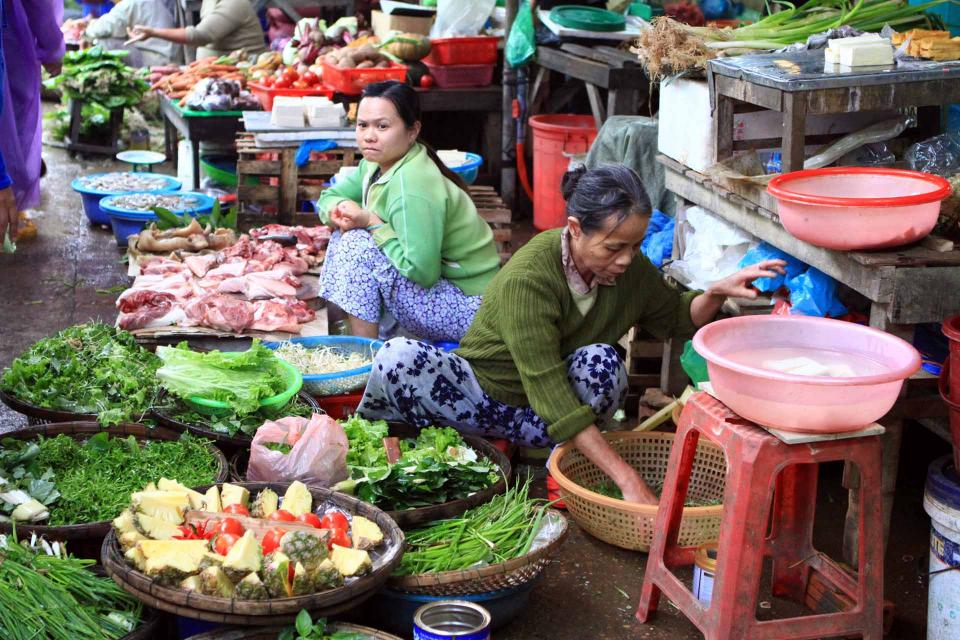How to break the bias in agriculture and climate research
 Photo: Hugh Rutherford/CIP
Photo: Hugh Rutherford/CIP
Practical support, fairer pay and better recognition throughout careers can 'break the bias' to get women scientists better represented at the highest levels of agriculture and climate research.
The latest Intergovernmental Panel on Climate Change (IPCC) report warns of ‘irreversible’ impacts of global warming.
Pressure on food security has also dramatically increased with global and regional supply chains fractured by the pandemic and now the invasion of Ukraine.
Scientists, researchers and policymakers—both male and female—must play equal roles in finding solutions to make communities more resilient in the face of climate change.
Women’s participation in agriculture and climate research is steadily rising, and this is welcome progress as we celebrate International Women’s Day 2022, under the theme #BreakTheBias.
But a ‘leaky pipeline’ effect still weakens women’s representation in science and research, too often restraining their progression to senior scientific or decision-making roles.
What is the bias?
The agricultural research system has an ongoing problem of recruitment, retention and advancement of women.
For instance, women make up only a quarter of agricultural scientists in Africa, and a much lower proportion of decision makers on agriculture and climate at both national and global levels.
Women are not well represented in key climate-change related sectors, either as researchers, skilled workers, professionals or decision-makers.


